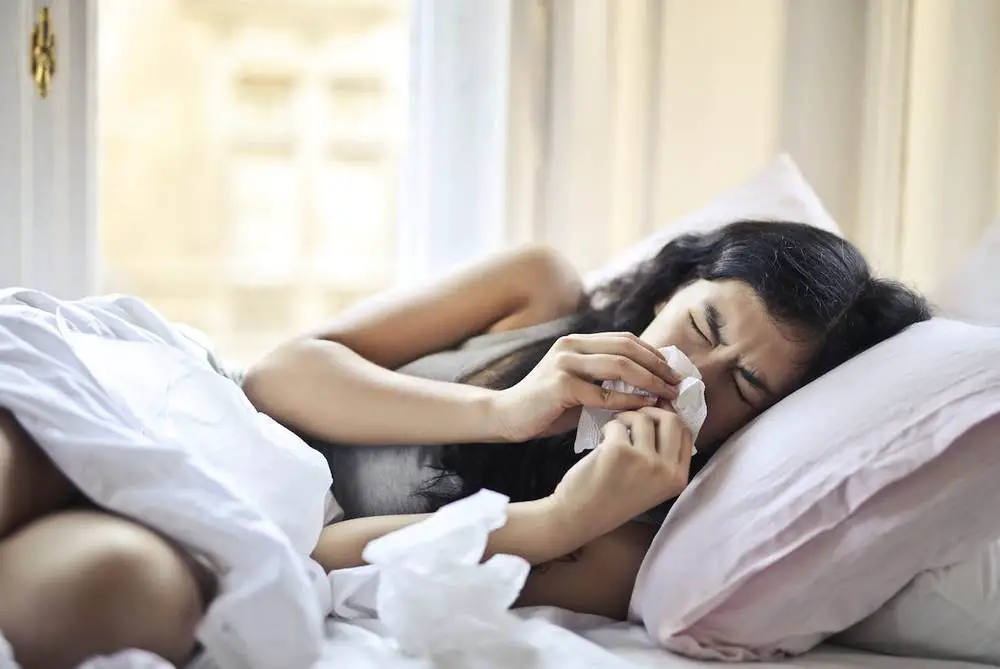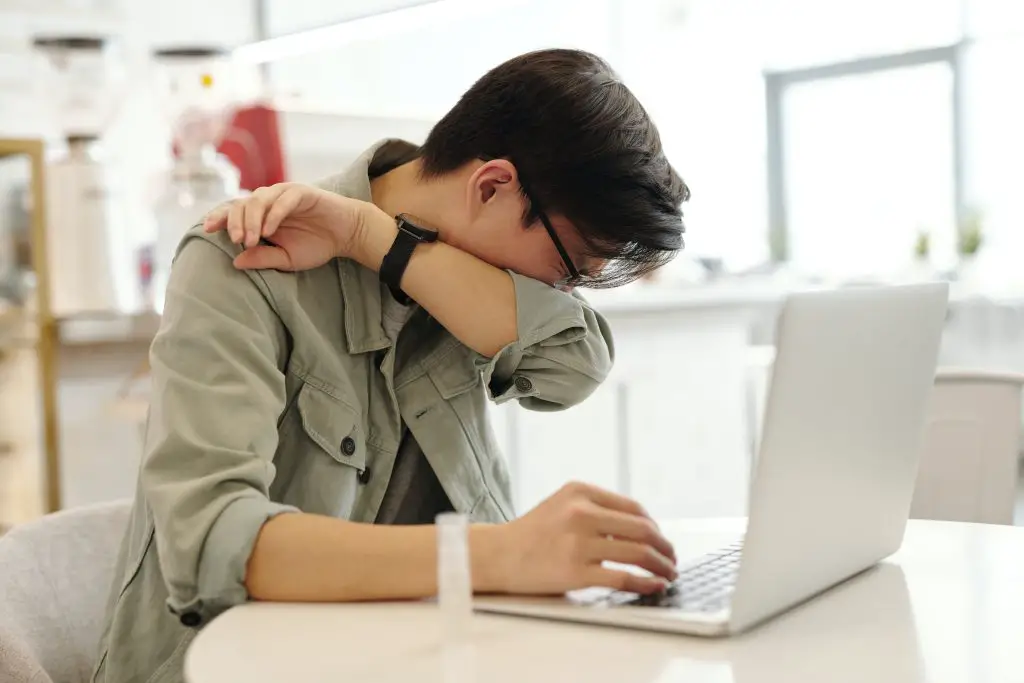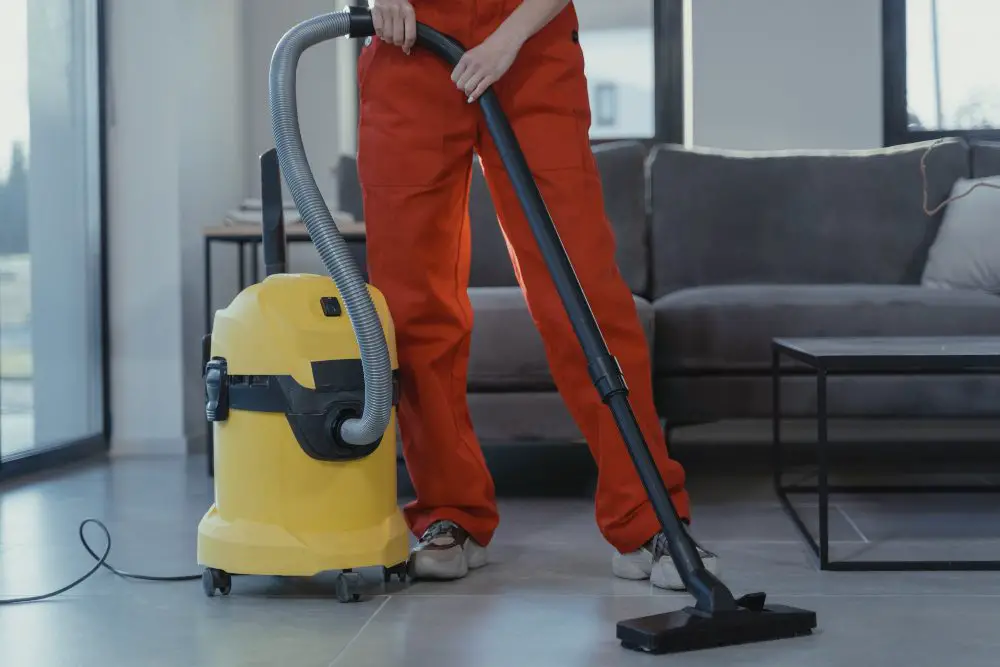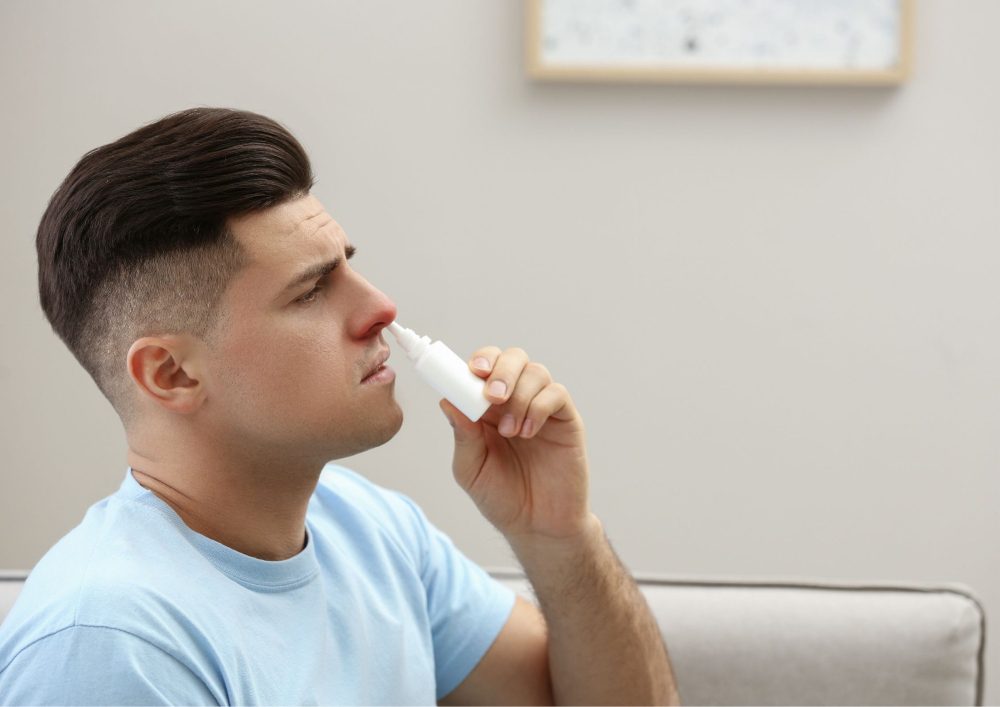Coughing, sneezing, wheezing—your health is taking an unexpected turn. And it all started when you began working from home. Sounds familiar?
Well, as it turns out, your humble abode ain’t as safe as you reckoned!
When you’re holed up at home for over 20 hours, you’ll catch all kinds of bugs and junk. Beyond Toxics found the average US home contains over 100 toxic chemicals plus other pollutants like pollen and dander that can trigger allergies.
Not just your run-of-the-mill poisons either—we’re talking deadly toxins, Formaldehyde, radon, dander, you name it! No wonder you’ve been hacking up a lung!
So, what exactly in your home could be making you feel unwell?
Well, the list is pretty long! From asbestos in your roof and concealed mould growth to malfunctioning air conditioners and dust mites lingering around – your home could be a breeding ground for scary pollutants – but we will delve deeper into each potential danger zone and provide tips for eliminating harmful substances.

Contents
How Your Home Can Harm You?
Don’t be fooled by good looks – your home’s interior could be feeding you a daily dose of pollutants. Does it have asbestos? That old roofing material is known to cause cancer.
How about cleaning products? Those with plant extracts can trigger allergic reactions. Worst of all, things you use daily, like perfumes, can make you sick by contaminating food, water, and air, leading to skin, fatigue, eye, and breathing issues.
If you’ve been feeling under the weather lately, the culprit could be lurking right inside your home! Here are some sneaky ways your humble abode may be interfering with your health without you even knowing it.
Your Dust Bunnies are Toxic
The dust collecting in all those nooks and crannies around the house – under furniture, behind bookcases, in ceiling fans – is doing more than just triggering sneezes. That grime is straight up wreaking havoc on your respiratory system!
In one study, scientists at George Washington University found TDCIPP in furniture dust. TDCIPP is a known carcinogen, and its presence in dust makes your home unsafe.
Solution:
Break out the vacuum and get huffing and puffing to suck up all that toxic mess. Make a habit of deep cleaning your abode regularly to clear off that grime and other toxic substances that are difficult to remove. Can’t be breathing in poison particles while binging Netflix, right?
You Might Have Asbestos
If you live in a vintage or historic home, chances are it has asbestos. Back in the day, asbestos was like the handyman’s BFF – it was slapped on everything! But be warned, inhaling asbestos is dangerous to human health.
It’s fine if the asbestos just chills there, but it can release its fibery wrath if disturbed. Asbestos exposure increases your chances of developing lung conditions like asbestosis and other respiratory disorders with scary names.
Solution
Call in the professionals to de-asbestos your place. You don’t want to wake up one day coughing up a lung…or, worse, a whole duct tape roll.
Your HVAC System Needs Maintenance
Is your trusty heating and cooling system starting to sound like it’s seen better days? Well, it could be making you feel the same way! An old or inefficient HVAC can wreak respiratory havoc and make your home feel like a prison cell.
When the filters are blocked, your HVAC system turns into a petri dish on wheels. The dust mites and mould spores start spreading, and within hours, you’ll be hacking up lung butter like you’re trying to cough up a fur ball.
Don’t let your air conditioner turn your cozy home into a breeding ground for microbes – it’s time to change that filter! Keep those microbes in check, and your respiratory system with thank you.
Solution
Regular maintenance of your heating and cooling system can solve this problem.
If you aren’t an expert in HVAC systems, seek the help of a company that provides reliable heating maintenance services. A licensed HVAC technician will perform an HVAC tune-up to identify the source of the problem and perform the necessary clean-up and repairs to ensure your system performs optimally.
You Might Have Mould Issues in Your Home

No one wants to see mould growing in their home like a fuzzy green carpet. Beyond being icky to look at, mould exposure can lead to symptoms worse than eating expired Brussels sprouts. Namely, wheezing and sneezing all the time!
If your breathing has gone from normal to not so normal since trading your workplace desk for the couch, it’s likely the funky fungus is to blame. Those itchy peepers are a dead giveaway – mould moved in and started redecorating with spores.
Solution
Mould loves humidity and often grows in moist areas. Keep moisture in check by using dehumidifiers and good ventilation.
Your Vacuum Could be the Culprit
Vacuum cleaners are the most efficient house cleaning equipment you could use. Are they safe? Well, it depends. Some units, particularly those with HEPA filters, are safe and efficient.
Those without HEPA filters aren’t safe at all.
While vacuums are handy for cleaning, some models spew collected allergens back into the air, like an inconsiderate friend who blows smoke in your face.
Without HEPA filters, allergens can be released back into indoor air. HEPA filters can remove up to 99% of indoor pollutants. They can capture particles of as little as 0.03 microns, including pollen, dust, and dander.
Beware of vacuum cleaners with “HEPA-like” filters. They may not be as efficient. The vacuum cleaner draws in the air and filters it, then expels the air. Non-HEPA filters will not be able to trap dust and dander particles, which can cause a variety of problems for your health.

Solution
Only buy vacuums with legit HEPA filters that capture 99% of particles. Because who wants to breathe in what was just under the couch?
The Take Away
While our homes are meant to be safe havens, they can harbour hidden health hazards such as toxic dust, asbestos, malfunctioning HVAC systems, mould, and ineffective vacuum filters. Recognizing these risks empowers us to take action.




